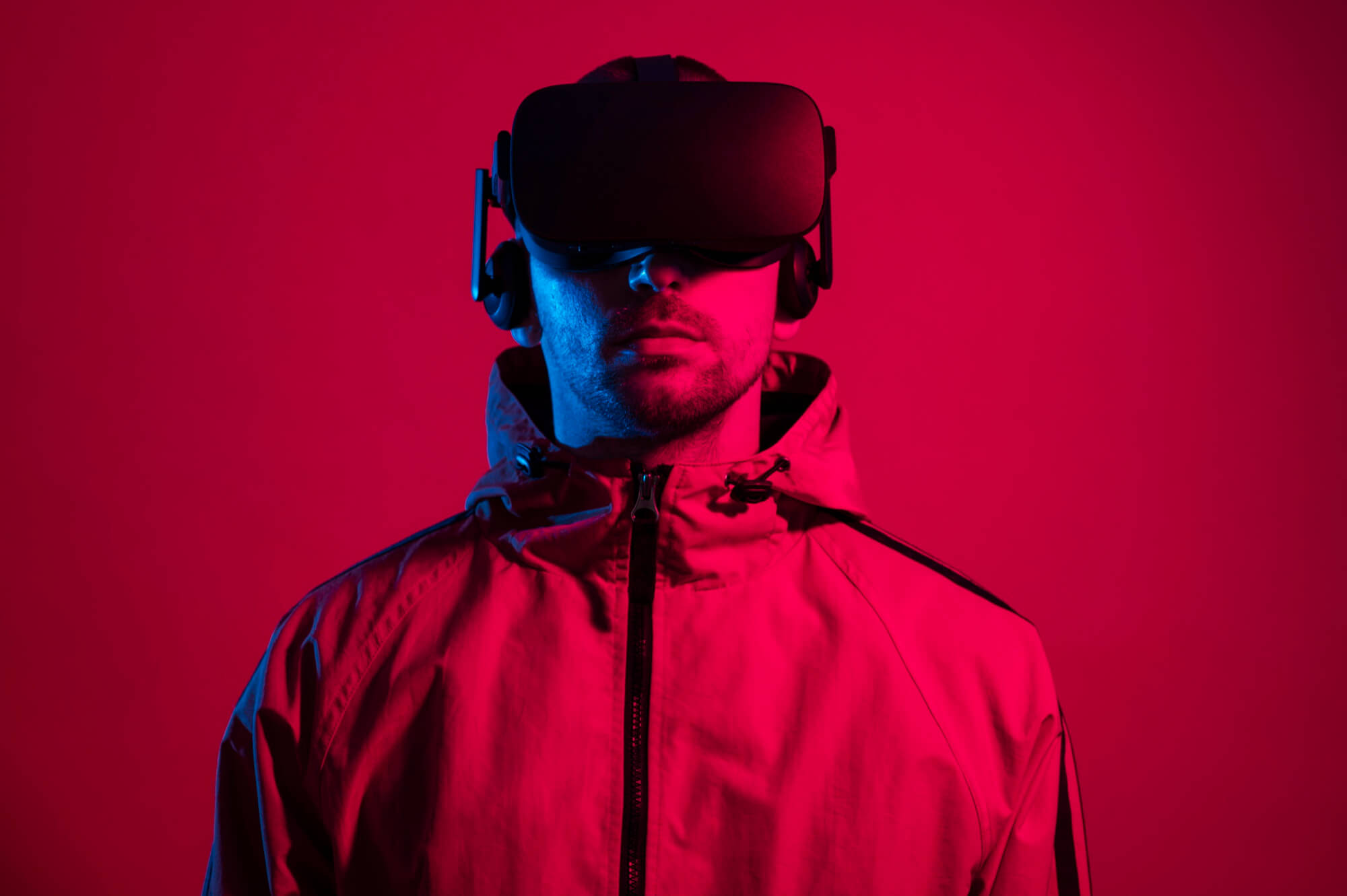
Ever feel like your learning platform just isn’t keeping up? Maybe you’re juggling classes on your phone between work shifts or frustrated by clunky interfaces that make submitting an assignment feel harder than the homework itself. If you’ve been waiting for something better—something actually built for today’s life—here’s some real talk: welearn 2.0 might be what you need.
This new wave of learning platforms is all about making things smoother, faster, and more personal. Think easier navigation, real-time analytics for teachers (and you), plus tools that bring group projects and feedback to life even if everyone’s scattered across different time zones.
But does welearn 2.0 live up to its promise? Does it go beyond buzzwords to really support students and instructors alike? Let’s dig into what sets this upgrade apart from old-school LMS systems—and whether it can seriously change the way we learn in a digital world.
The Big Shift In Online Learning Platforms With WeLearn 2.0
The phrase “welearn 2.0” gets tossed around a lot these days—but what are we really talking about? At its core, welearn 2.0 means leveling up from traditional learning management systems (LMS) with smarter features, a sleeker interface, and fewer headaches for everyone involved.
Instead of sticking to one-size-fits-all lessons or outdated tech that barely works on your phone, platforms powered by this new approach focus on flexibility and user experience:
- Personalized Paths: Adaptive tools figure out your strengths (and struggles), serving up lessons at your own pace.
- All-In Engagement: From quizzes with instant feedback to gamified challenges, every tap feels interactive.
- Mobile First: Whether you’re team iPhone or Android devotee, access is easy wherever life takes you.
- Smooth Integrations: Connects seamlessly with Google Drive, Zoom sessions—or whatever apps help streamline study time.
I heard from several college students who swear by their university’s version of welearn 2.0—especially those balancing jobs alongside schoolwork. One student told me she was able to keep up with group assignments right from her bus ride home thanks to mobile notifications and chat features built directly into the platform.
A lot of educators have noticed similar perks too: less time spent troubleshooting logins or hunting down files means more energy focused where it matters most—actually teaching.
User Experience Upgrades That Actually Make A Difference
With welearn 2.0-inspired upgrades, usability has become top priority:
| User Challenge | Old LMS Frustration | WeLearn 2.0 Solution |
|---|---|---|
| Navigating Assignments | Barebones menus; hard-to-find links | Sleek dashboard puts tasks front-and-center |
| Access On-The-Go | Laptop-only compatibility; slow loading times | Full mobile optimization; fast app performance |
| Keeps You Motivated | Boring layouts; little feedback | Gamification & real-time progress tracking |
One stat I came across really jumped out: usability tests show students using newer learning platforms can complete routine actions like uploading assignments or joining discussion boards 20-30% faster. That means more minutes saved each day—and less stress when deadlines hit.
Educators get some serious upgrades too! Advanced analytics break down where students are struggling so support arrives early—not after grades take a hit.
Would you like me to:
- Further research a specific aspect of these findings?
Digging Deeper into Welearn 2.0: What Makes This Platform Stand Out?
Curious why so many universities are buzzing about welearn 2.0? Folks are asking if it’s just another learning platform or if there’s something truly game-changing behind the upgrade. They want to know, does it really make online classes easier and more engaging, or is it just hype? And what’s with all this talk about “personalized learning” anyway?
Turns out, welearn 2.0 is getting a lot of attention because it’s not your average online class system. Unlike some clunky old platforms, this one focuses on keeping students interested—and not zoning out halfway through a lesson. Real students say that logging in feels less like checking into a boring school portal and more like joining an interactive community.
The Core Features That Have Everyone Talking About Welearn 2.0
There’s plenty packed into welearn 2.0, but what exactly sets it apart from yesterday’s e-learning setups? Here’s how users describe the standout features:
- Personalized Learning Paths: The system adapts lessons based on each student’s pace and understanding—think Netflix recommendations, but for homework.
- Mobile-First Design: No more pinching and zooming—this works seamlessly on any phone, making studying between classes actually doable.
- User Engagement Tools: Gamified quizzes and collaborative group projects break up the monotony and boost motivation.
- Sleek Interface: It ditches confusing menus for simple navigation—students find assignments fast without endless clicking around.
- Third-Party Integration: Platforms like Google Drive or Zoom connect right inside, streamlining both study groups and solo sessions.
At the University of Windsor in Canada (a place known for experimenting with digital education), their latest iteration mirrors these trends: more language options for global students, better mobile integration for those always on-the-go, and smoother workflows across courses.
The User Experience Revolution – Real Wins From Upgrading to Welearn 2.0
When schools switch over to welearn 2.0, insiders say there’s a noticeable change—not just tech upgrades but legit improvements in how everyone interacts with learning content.
A professor told us exclusively that after moving to the new platform, “It was so much easier guiding my class through assignments—the dashboard just makes sense.” Students echoed that sentiment; one junior said finding resources now takes half the time it used to.
This isn’t just anecdotal either—a recent usability study showed learners spent up to thirty percent less time navigating basic tasks compared to older systems (source: industry research reports on LMS user testing). That means less frustration hunting down lecture notes or submitting papers at midnight!
Tapping Into Analytics & Motivation With Welearn 2.0’s Next-Gen Tech
If you’re picturing dry dashboards crammed with numbers, think again. Teachers get slick analytics tools that highlight which students need help before midterms hit—no surprise pop quizzes required! Meanwhile, gamified modules keep students coming back; schools report engagement jumps as high as fifteen percent when badges and competition enter the scene (sourced from e-learning gamification studies nationwide).
The Bumps Along The Road – Is There a Catch With Upgrading?
Nobody claims switching over is all sunshine though—it comes with its own set of headaches! Budget constraints worry administrators (one insider whispered about sticker shock during migration talks). Then there’s training staff who’ve gotten comfortable with old ways; even tech-savvy teachers admit there’s a learning curve involved with fancy new dashboards.
The Big Picture: Why Welearn 2.0 Matters For Students And Educators Alike
If you ask around college forums—or catch whispers at faculty meetings—you’ll hear excitement mixed with cautious optimism about where things could head next.
- – Artificial intelligence could soon tailor every assignment uniquely per person (no more cookie-cutter essays!), while microlearning modules mean lessons fit into even jam-packed schedules.
Stay tuned… because this story definitely isn’t finished yet!
How Welearn 2.0 Is Shaking Up Online Learning Right Now
Everyone’s talking about the next big thing in digital education, but let’s cut through the hype and talk real. You’re tired of clunky learning platforms that make you want to throw your laptop out the window. Maybe you’ve heard whispers about “welearn 2.0”—the supposed upgrade promising slicker features and a smoother ride for both students and teachers.
But here’s what’s got everyone buzzing: Does welearn 2.0 actually deliver on making classes more personal, accessible, and—dare I say it—enjoyable? Are schools really seeing results, or is this just another glossy rebrand with little substance?
The Real Deal With Welearn 2.0 Features
First off, what exactly sets welearn 2.0 apart from those legacy systems everyone loves to hate? Let’s break down why folks are paying attention:
- Personalized Learning Paths: This isn’t cookie-cutter education anymore; we’re talking customized content that adapts to how you learn (think Netflix recommendations—but for homework).
- Mobile-First Design: No more pinching and zooming just to read a quiz question on your phone.
- Seamless Integration: Teachers can finally connect their favorite apps—no more juggling ten different logins for one lesson plan.
- Real-Time Analytics: Educators see exactly where students struggle, which means help comes faster.
If you’ve ever groaned at confusing interfaces or missed assignments because they were buried three clicks deep, this stuff matters.
The University Upgrade: A Story From Windsor
Let me give you a peek behind the curtain at what happened when one university decided enough was enough. The University of Windsor in Canada rolled out its own take on welearn 2.0 after students begged for something less…ancient.
Suddenly, international students could switch languages with a tap—a game-changer if English isn’t your first language. Assignments popped up right in their notifications instead of getting lost in email purgatory.
A source close to campus life told us exclusively: “It used to be chaos trying to keep track of deadlines across devices. Now my phone buzzes whenever there’s an update—I don’t miss anything.” That kind of direct feedback doesn’t lie.
Bigger Wins For Students And Teachers On Welearn 2.0
Here’s where things get spicy: stats show modern LMS upgrades like welearn 2.0 slash wasted time by up to thirty percent on basic tasks alone.
That means less clicking around aimlessly—and more actual learning (or grading) happening every session.
Educators also dig how gamification gets kids fired up; one teacher said her class spent fifteen percent longer tackling quizzes once badges showed up as rewards.
And advanced data analytics? They aren’t just buzzwords—a meta-analysis found personalized feedback boosts student performance scores by five-to-ten percent across the board.
No wonder word is spreading fast among faculty who want proof that tech investments actually move the needle.
Pitfalls To Watch Out For When Switching To Welearn 2.0
If only it was all sunshine and seamless upgrades! There are hard truths here too.
Schools shelling out cash for new platforms face steep upfront costs—not everyone has budget room for fancy dashboards right away.
Training becomes non-negotiable; without hands-on help sessions, even smart users get tripped up during transition.
And let’s not gloss over data migration headaches—moving years of records isn’t done overnight (or without some panic).
A tech coordinator admitted: “We underestimated how long support would be needed post-launch.”
So yeah, growing pains come with the territory—but awareness beats surprise disaster any day.
The Future Of Personalized Learning With Welearn 2.0
You want a sneak preview? AI-powered course tools are already testing ways to tailor lessons based on live student responses—not just test scores but real-time engagement metrics too.
Microlearning is trending too; think bite-sized tutorials perfect for commuting or study breaks between shifts.
That means whether you’re cramming before finals or fitting study into work hours, there’ll be modules built for YOUR reality—not somebody else’s idea of “normal.”
As one developer put it: “Our goal is simple—meet learners where they are.” That attitude could change everything going forward.
The Bottom Line On Welearn 2.0 In Today’s Classrooms
No platform has cracked perfection yet—including welearn 2.0—but it does move digital learning closer toward what people really need today:
a smoother user experience plus genuine personalization powered by smart tech integrations.
This shift takes guts and serious investment from institutions willing to play the long game—and patience from users weathering launch hiccups along the way.
If your school or workplace mentions migrating soon? Ask tough questions about training plans and support timelines—that separates PR sizzle from results-driven change every single time.
The promise is real if teams put in strategic groundwork now…and frankly, I’m watching closely as these digital classrooms set new standards everywhere from Toronto lecture halls to remote global workforces!
Stick around—the next chapter promises even bigger leaps in online learning innovation thanks to platforms like welearn 2.0 breaking old-school molds!





